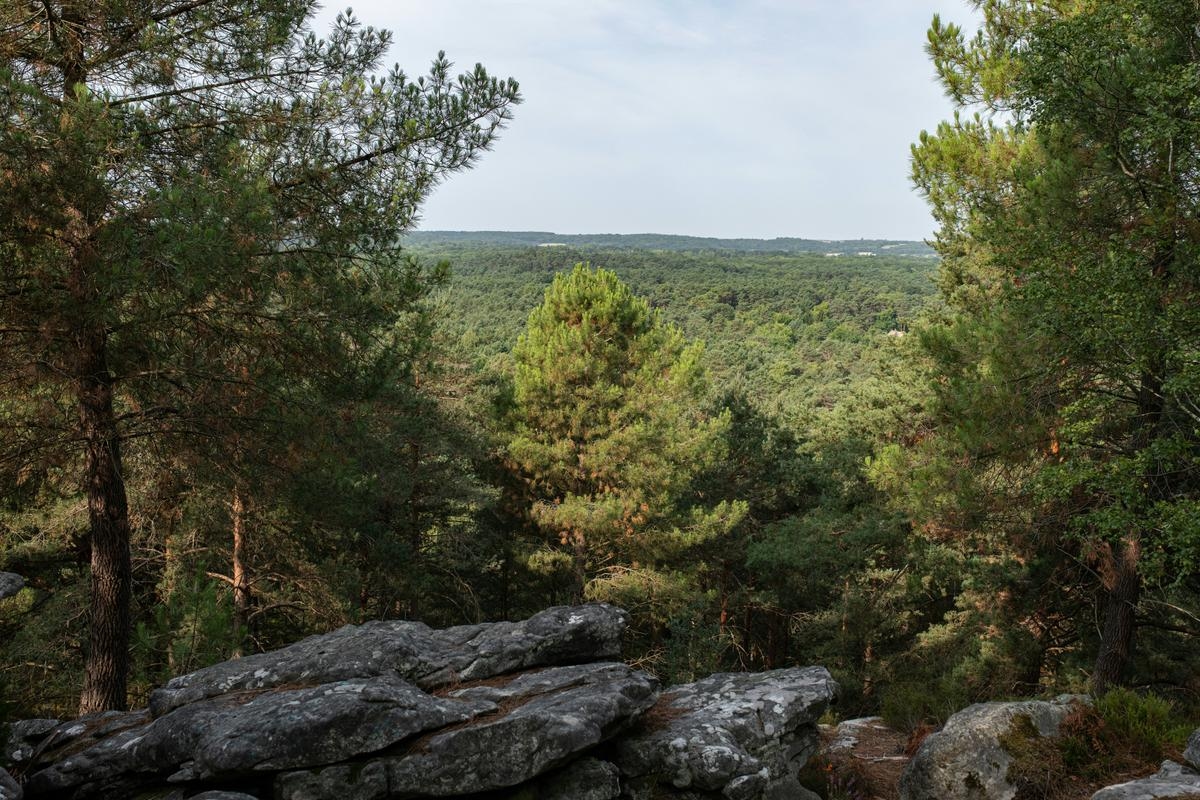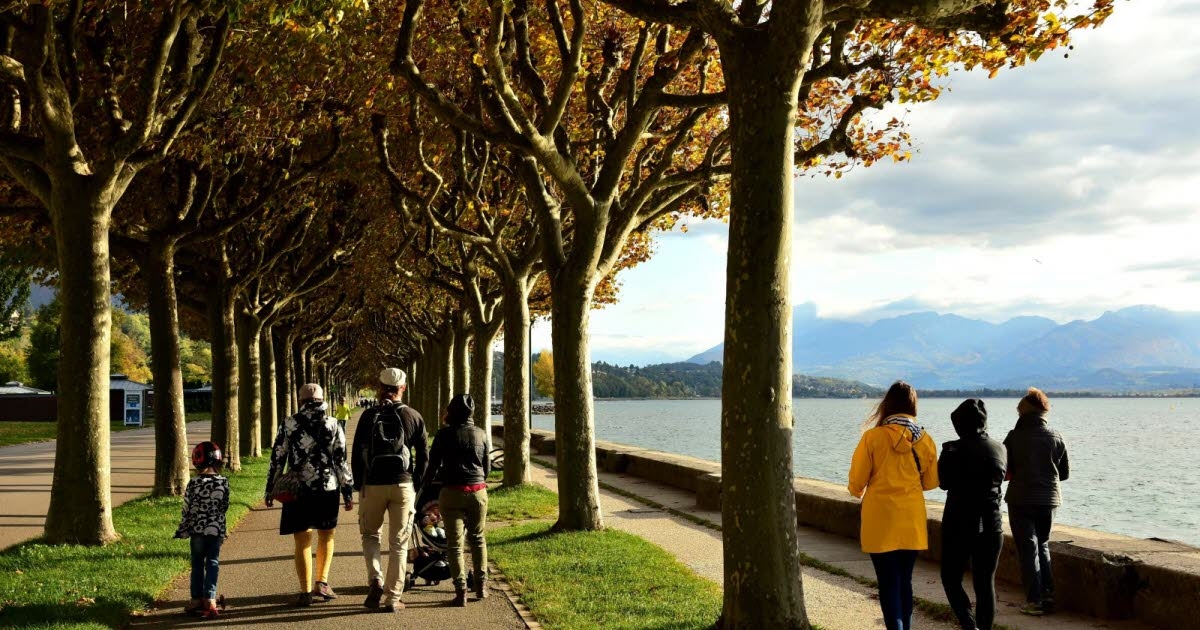"A perfectly healthy tree can die in 15 days": how the Fontainebleau forest is transforming in the face of climate change

This iconic 25,000-hectare forest is already suffering from drought. Faced with climate change, the ONF (National Forestry Office) is relying on natural regeneration and the assisted migration of more heat-resistant tree species.

The Fontainebleau forest, August 6, 2025. MARTIN LELIEVRE / AFP
To go further
In the Fontainebleau forest, the red needles of thirsty Scots pines are the first visible consequences of climate change. In just a few days, as temperatures soared at the beginning of September, the leaves of the beech trees also turned brown. The oaks, meanwhile, have become bare: stripped of their leaves at the top, only a few dry branches still reach towards the sky. The culprits behind this accelerated death are none other than the drought and chronic water deficit in the area, partly due to the very sandy soil.
“The decline of the various tree species is accelerating,” laments Alexandre Butin, deputy territorial manager of the National Forestry Office (ONF) in the Fontainebleau forest. With monitoring grids in hand and wooden sunglasses perched on his head, the forester has been surveying the 25,000 hectares of Fontainebleau since…
This article is for subscribers only.
Log inWant to read more?
All our exclusive content with unlimited access
Or
Le Nouvel Observateur





